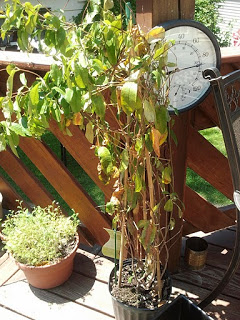
Hi all! Happy 4th of July! I am sure some of you will be out there grilling and doing yard work on this long weekend. Perhaps some of you are dealing with triage in your yard from all this abundance of rain we have been having. I know I am. One of my plants in particular took a bad turn, because it was pot was sitting in a decorative pot from Home Depot that did not have any drainage holes (GTK for those of you that have this issue, hammer some holes in those puppies or you will have plants sitting in a pool of water.)
SO, after a week’s worth of bad weather where my Mandevilla was sitting in a pool of water with no where for it to go, I have root rot. Signs are dropping, yellow and brown leaves and major die back. I had this issue in one of my shade beds a couple years ago because of the landscape liner that was on it for years. The soil was so compacted when I ripped it all out, that the water did not drain properly. That summer, I had a rough go of it. (see post ) But I learned how to mend and fix the soil. The philosophy I employed in that bed I now am bringing to the container plantings of my Mandevilla. This approach may help you as well if you are having the same issues.
The core of my approach is aeration and drying out. The second is healing and nutrients. I do not use chemicals, but you can take my approach and also give your plant a dose of antifungal/root rot medicine if things are really bad. Root rot is just mold and mildew attacking the roots so that they just decompose and crumble. You have to get things dried and on the mend.
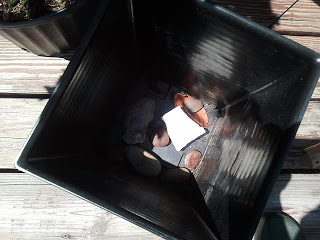
1: Make sure you pot you are transplanting the plant to has proper drainage in the bottom.
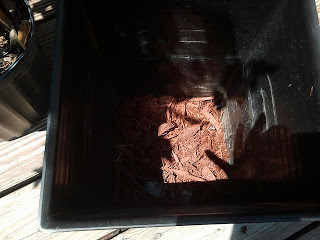
2: Add some rocks and a few handfuls of mulch in the bottom. This allows for air to circulate along the bottom of the roots.
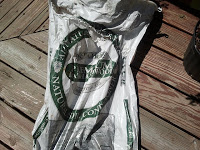
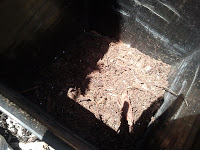
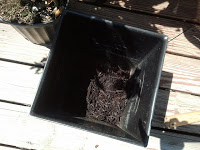
3: To help mend things, I have counted on a wonderful product called Black Forest Soil Conditioner. You get it at nurseries and it helps to heal traumatized plants. Add a couple of cups worth in the bottom of the pot, and mix with some fresh potting soil. I use Miracle Gro potting mix because it has fertilizer mixed into the dirt. I just fill the pot with the soil conditioner and the potting soil a third full.
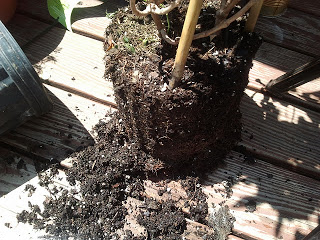
4: Next, take out your sick plant. You will see that when you take it out, things are pretty soggy by the roots. I even smelled moldiness when I took out my Mandevilla-not good. Gently with your hands, loosen and break up the roots. Because the roots are disease, roots may break up pretty readily in your hands. That’s OK. Just do the best you can, If you can, let it sit out in the sun a drip dry a touch. Then place the plant in its new home, filling it with more soil conditioner and potting soil.
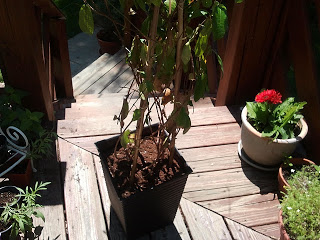
5: Water sparingly, just to help the soil settle. Water carefully over the next few weeks.
6: As things start coming back, your plant may benefit from a clipping and trimming of old and diseased parts, and even new. Cutting stimulates growth, but wait until you see fresh signs of life before you do this. The plants has been through trauma, no need to put it through more.
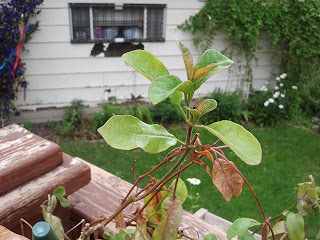
It has been a week and here is a picture of the new growth I am already seeing! And no chemicals!
- Sugar-Free, Low-Carb, Olive Oil Chocolate Hazelnut Tart - February 18, 2023
- Easy Slow Cooker French Onion Soup - November 28, 2022
- Recipe: Chicken Vindaloo with Whole Foods Vindaloo Curry Powder - January 22, 2022




